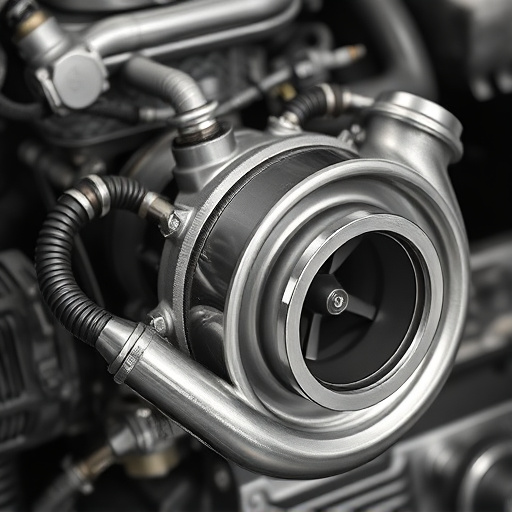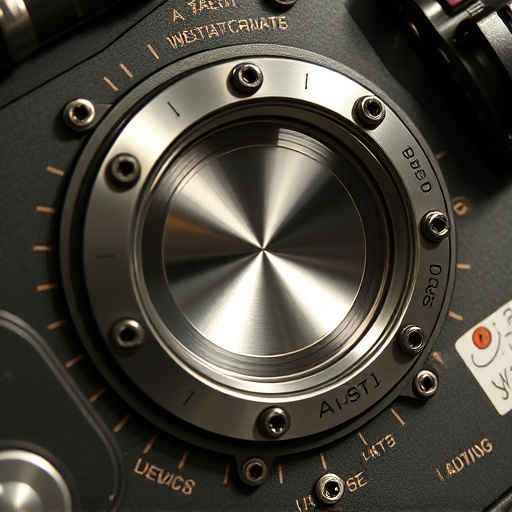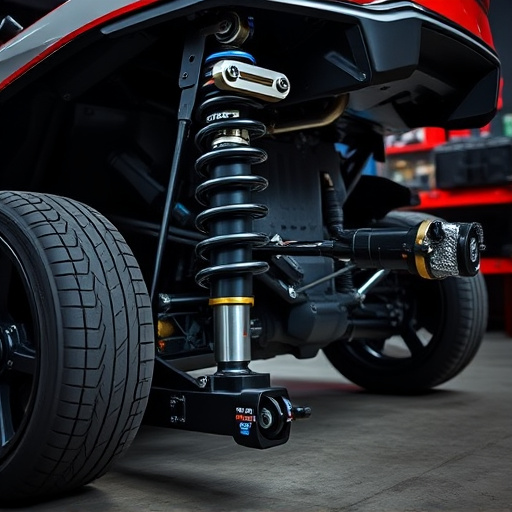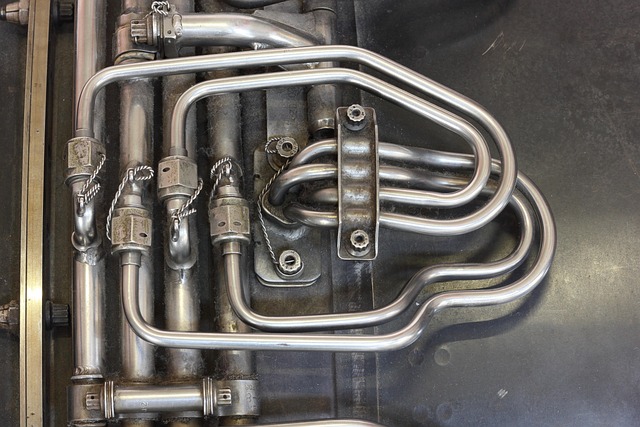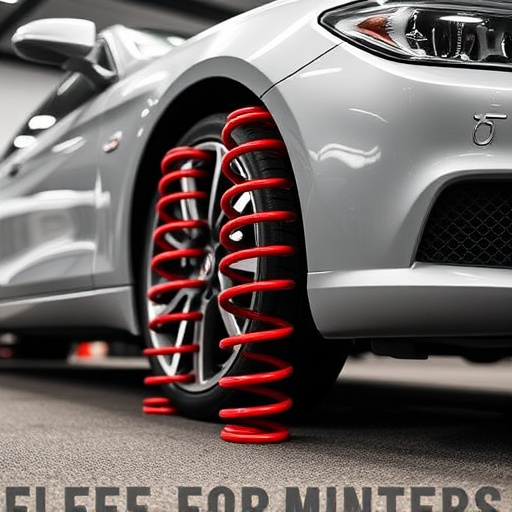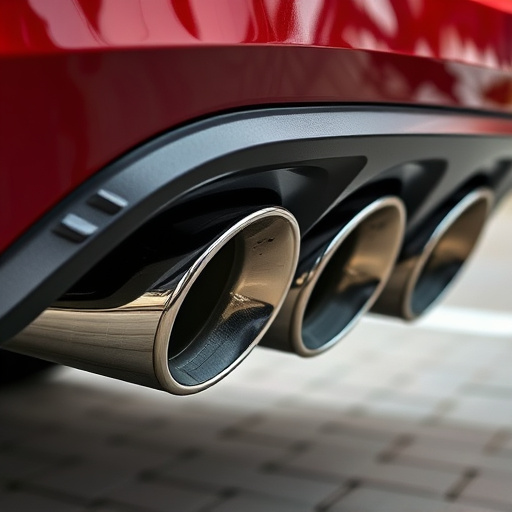The brake master cylinder seal is vital for vehicle safety and braking performance. Regular replacement prevents leakages and optimizes brake fluid effectiveness. Gather tools: jack, stands, wrenches, socket sets, gloves, safety glasses, new seal kit (including additional components). Raise vehicle on jack stands, remove old seal while retaining line connections, insert new seal, reattach lines, inspect for leaks, adjust brake fluid levels after lowering. Consider performance upgrades like cold air intakes alongside maintenance.
Looking to upgrade your vehicle’s safety and performance? This comprehensive guide will walk you through replacing your brake master cylinder seal. Understanding the critical role of this component, we’ll start by exploring its function in your braking system. Then, we’ll guide you in gathering the necessary tools and materials. Finally, follow our step-by-step instructions for a successful replacement, ensuring optimal brake master cylinder performance.
- Understanding the Brake Master Cylinder Seal
- Gathering Tools and Materials for Replacement
- Step-by-Step Guide to Seal Replacement
Understanding the Brake Master Cylinder Seal
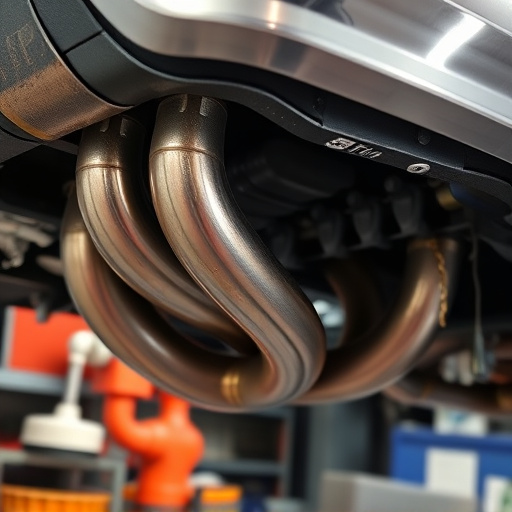
The brake master cylinder seal is a vital component within your vehicle’s braking system. It plays a crucial role in maintaining the integrity of the brake fluid by preventing leaks and ensuring optimal performance. This seal acts as a barrier between the brake fluid and other components, keeping them separate and functioning efficiently. Over time, these seals can wear out or become damaged due to various factors like high temperatures, pressure fluctuations, and contaminants in the brake fluid.
Regularly checking and replacing worn-out master cylinder seals is essential for vehicle safety and optimal performance exhaust systems, clean air filter kits, and overall vehicle performance. By addressing this component proactively, drivers can avoid sudden braking issues and maintain a safe driving experience.
Gathering Tools and Materials for Replacement
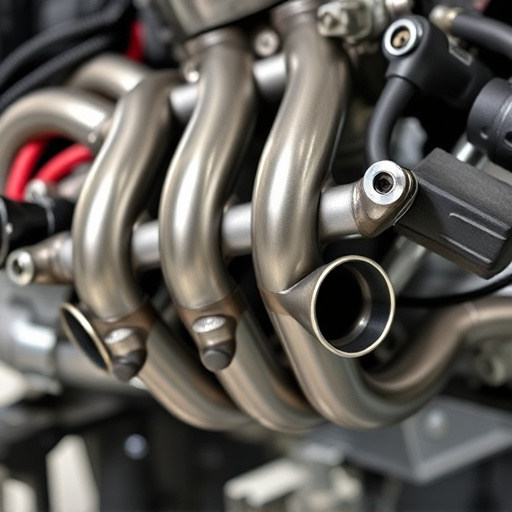
Before diving into the replacement process, it’s essential to gather the right tools and materials. For a successful brake master cylinder seal replacement, you’ll need some basic automotive tools like a jack, jack stands, wrenches (including a cylindrical wrench for the master cylinder), and socket sets. Don’t forget protective gear, including gloves and safety glasses, to keep yourself safe from debris and potential hazards.
Additionally, ensure you have a new brake master cylinder seal, which is typically part of a kit that may also include other seals and components like coilover kits or new brake pads for an all-around upgrade. Some DIY enthusiasts might opt for high-performance cold air intakes to enhance their vehicle’s performance alongside these critical maintenance tasks.
Step-by-Step Guide to Seal Replacement
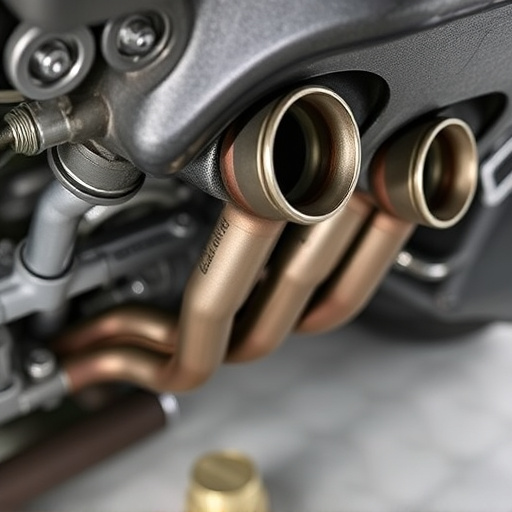
Replaceing your brake master cylinder seal is a crucial task for any car owner to ensure optimal braking performance and safety. Here’s a step-by-step guide to help you through the process. Begin by raising your vehicle on jack stands, ensuring stability and access to the brake master cylinder. Next, locate the cylinder, typically positioned near the wheel brake assembly, and identify the seal in need of replacement.
Dismantling involves removing the brake fluid lines connected to the cylinder. Be mindful of retaining clips or bolts securing these lines. Once free, carefully pull out the old seal, taking note of its orientation for proper installation of the new one. Insert the new seal, ensuring it aligns correctly, and reattach the fluid lines securely. Before lowering your vehicle, check for any leaks and top up the brake fluid to the recommended level, considering upgrades like performance exhaust or cold air intakes might require adjustments in fluid quantity.
Replacing your brake master cylinder seal is a crucial task that can help ensure your vehicle’s safety and performance. By understanding the component, gathering the right tools, and following a detailed guide, you can effectively address this maintenance need. Remember, a well-maintained brake master cylinder seal is vital for reliable braking and peace of mind while driving.








